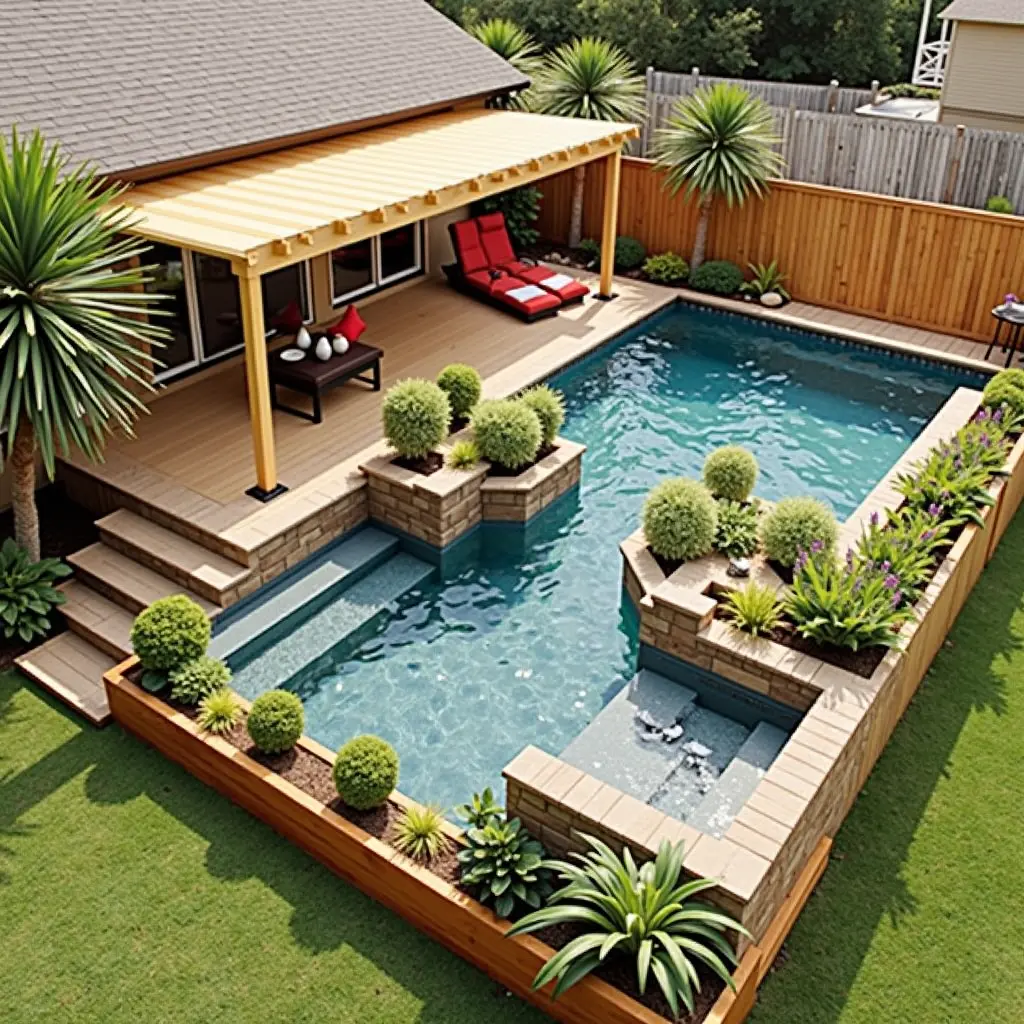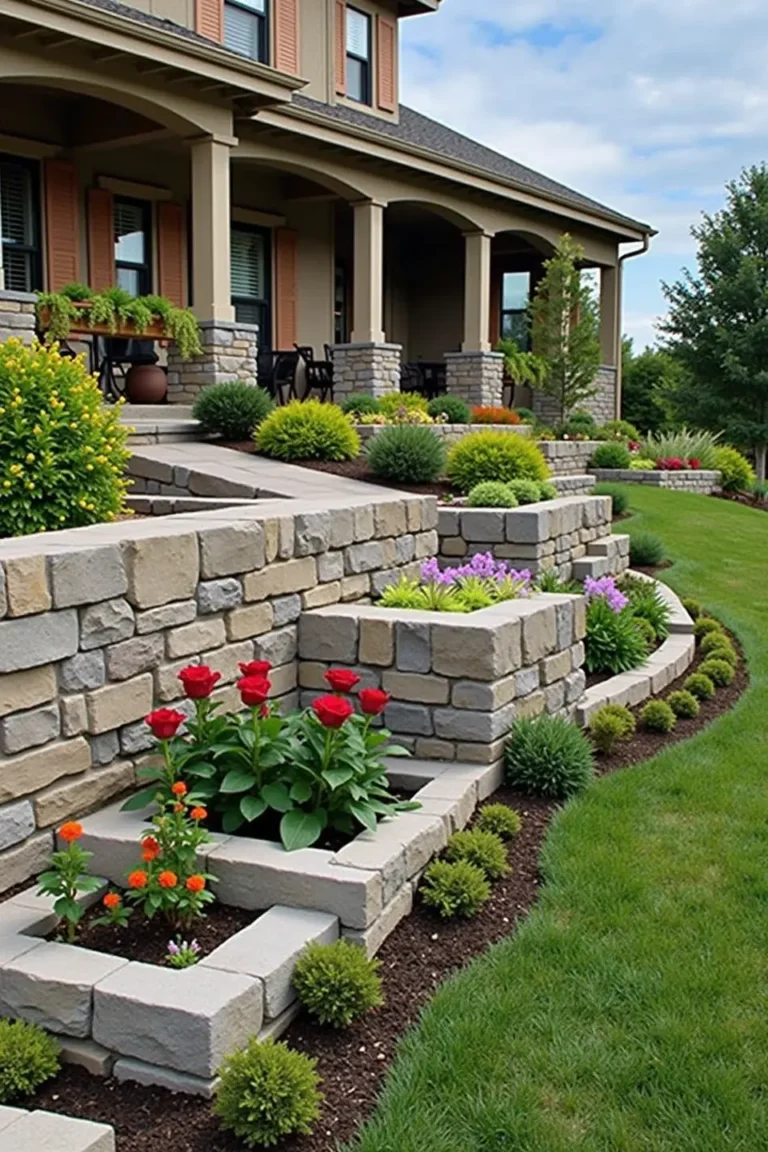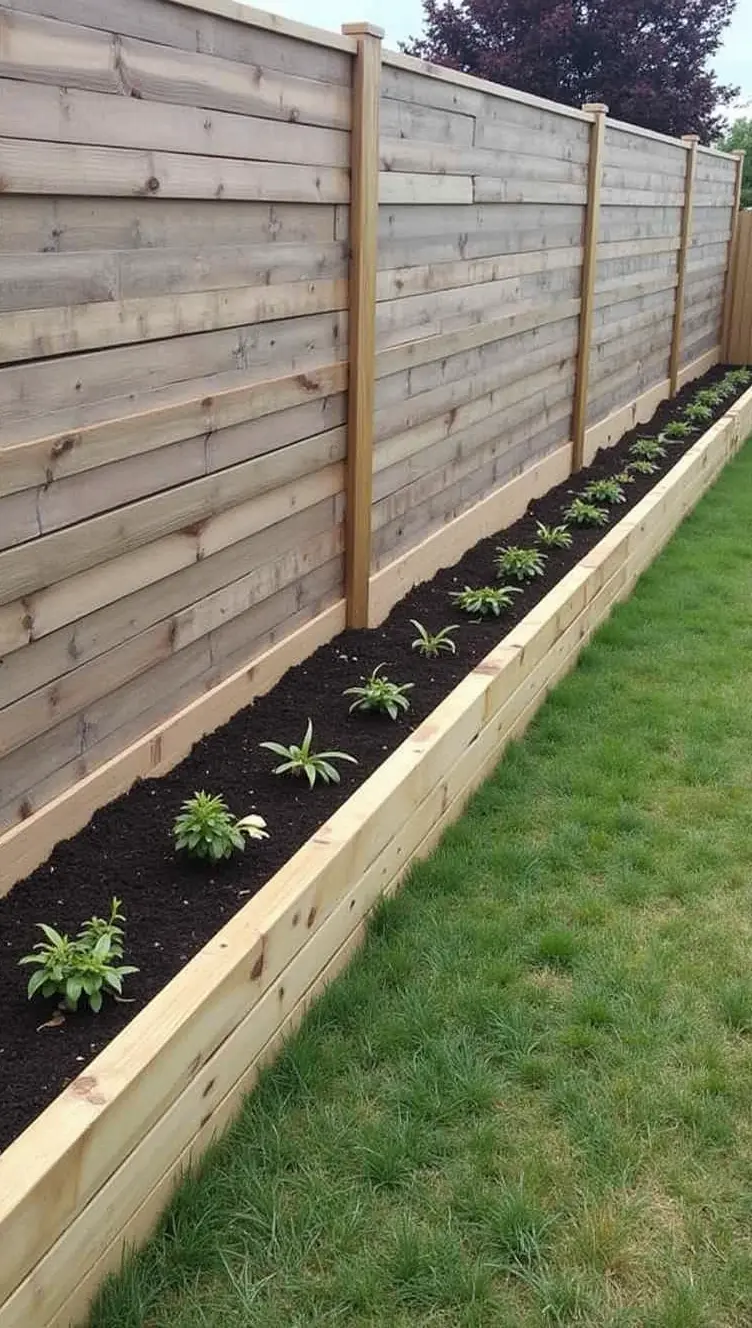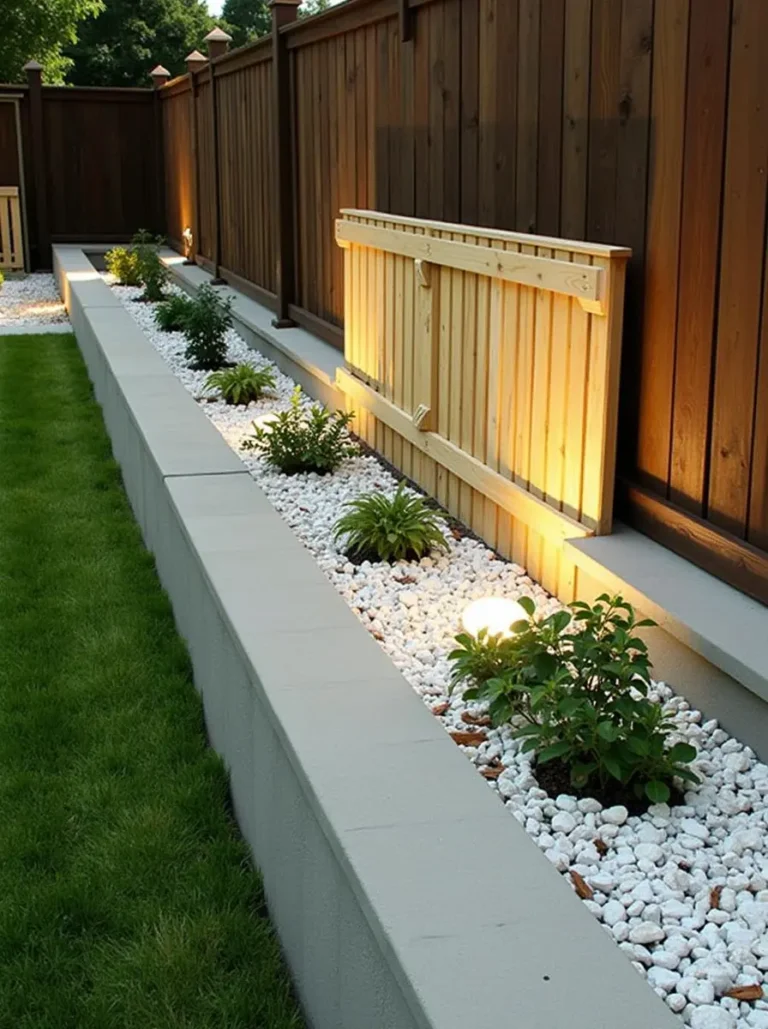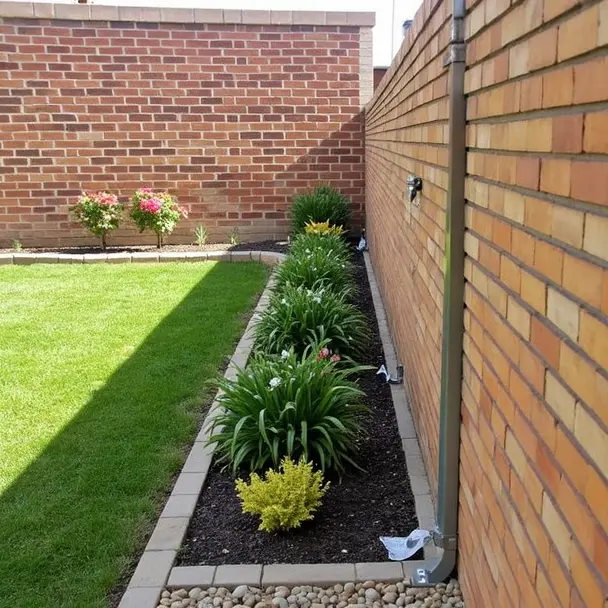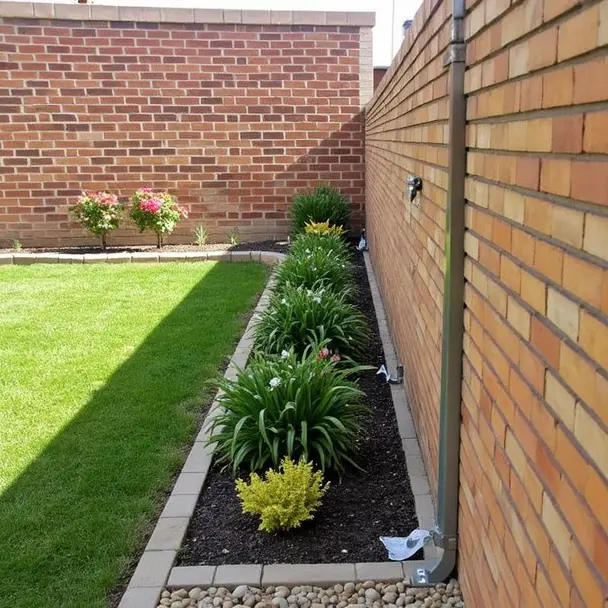Create Stunning Perennial Garden Plans for Shade
Transform Your Outdoor Space: Stunning Perennial Garden Plans for Shade
Imagine stepping into your backyard, where dappled sunlight filters through the leaves, casting playful shadows over a vibrant patch of perennial blooms. Creating a stunning perennial garden in shaded areas can seem daunting, but with the right plans and a little creativity, you can craft a serene retreat filled with color and texture. This guide will take you through the essential elements of creating a beautiful shaded garden that thrives year after year.
Understanding Shade in Your Garden
Before diving into the design, it’s crucial to understand the different types of shade in your garden. Shade can be categorized into three main types:
- Light Shade: Areas that receive a few hours of direct sunlight daily.
- Partial Shade: Spaces that get filtered sunlight for most of the day.
- Full Shade: Regions that receive little to no direct sunlight.
Identifying the type of shade in your garden will help you choose the right plants for your space.
Choosing the Right Perennials for Shade
Once you’ve assessed your garden’s shade type, it’s time to choose the right perennials. Here are some beautiful options that are not only stunning but also thrive in shaded environments:
- Hostas: Known for their lush foliage, hostas come in various shapes and sizes, providing texture and contrast.
- Ferns: With their graceful fronds, ferns add a delicate touch and are perfect for full shade areas.
- Astilbes: These beauties bloom in a variety of colors and add a pop of vibrant color in shaded spots.
- Heucheras: Often called coral bells, these plants feature stunning foliage that can brighten up any shady corner.
- Bleeding Hearts: Their unique flowers bring a whimsical feel, making them a favorite in shaded gardens.
Mixing these perennials will create a dynamic and beautiful garden that changes with the seasons.
Designing Your Shade Garden Layout
Now that you’ve selected your plants, it’s time to design the layout of your garden. Here are some tips to create a beautiful and functional design:
- Layering: Tall plants like astilbes should be placed at the back, with medium-sized hostas in the middle, and low-growing plants like heucheras in the front.
- Group Similar Plants: Grouping plants with similar water and light requirements will make maintenance easier.
- Add Pathways: Incorporating stepping stones or mulch paths will enhance accessibility and create visual interest.
- Create Focal Points: Consider adding garden art, birdbaths, or unique features to create stunning focal points.
This thoughtful planning will ensure your garden not only looks stunning but also functions well throughout the seasons.
Maintaining Your Perennial Garden
After all the hard work, maintaining your shade garden is essential to keep it looking its best. Here are some tips:
- Watering: Keep the soil consistently moist but not soggy, as shaded areas can retain moisture longer.
- Mulching: Apply a layer of mulch to help conserve moisture and suppress weeds.
- Regular Pruning: Trim back any dead or damaged foliage to promote healthy growth.
A little time spent on maintenance will reward you with a thriving garden that continues to impress.
Incorporating Seasonal Interest
To ensure your garden is beautiful throughout the year, consider incorporating plants that offer seasonal interest. Spring blooms, lush summer foliage, vibrant fall colors, and even winter structures can create a year-round spectacle in your garden.
Conclusion: Your Dream Shade Garden Awaits
Creating a stunning perennial garden for shade is not just a gardening project; it’s an opportunity to unwind and connect with nature. Whether you’re a seasoned gardener or a novice, follow these steps to design a beautiful shaded space where you can escape, relax, and be inspired. With thoughtful planning and the right plants, your dream garden is within reach!
FAQs About Creating Perennial Gardens for Shade
What types of soil are best for shade gardens?
Shade gardens thrive in well-drained, organic-rich soil. Adding compost can improve soil structure and nutrient content.
How often should I water my shade garden?
Water requirements vary by plant and location, but generally, shade gardens need less frequent watering compared to sunnier spots. Monitor soil moisture to determine watering needs.
Can I grow vegetables in a shaded garden?
Some vegetables can tolerate shady conditions, such as leafy greens, radishes, and certain herbs. However, they may not produce as abundantly as those grown in full sun.
How can I protect my shade garden from pests?
Encourage beneficial insects, use barriers, and opt for organic pest control methods to keep pests at bay without harming your garden’s ecosystem.
When is the best time to plant my shade garden?
The best times to plant perennials are in spring or fall when temperatures are cooler, and there’s generally more rainfall to support new growth.
“
